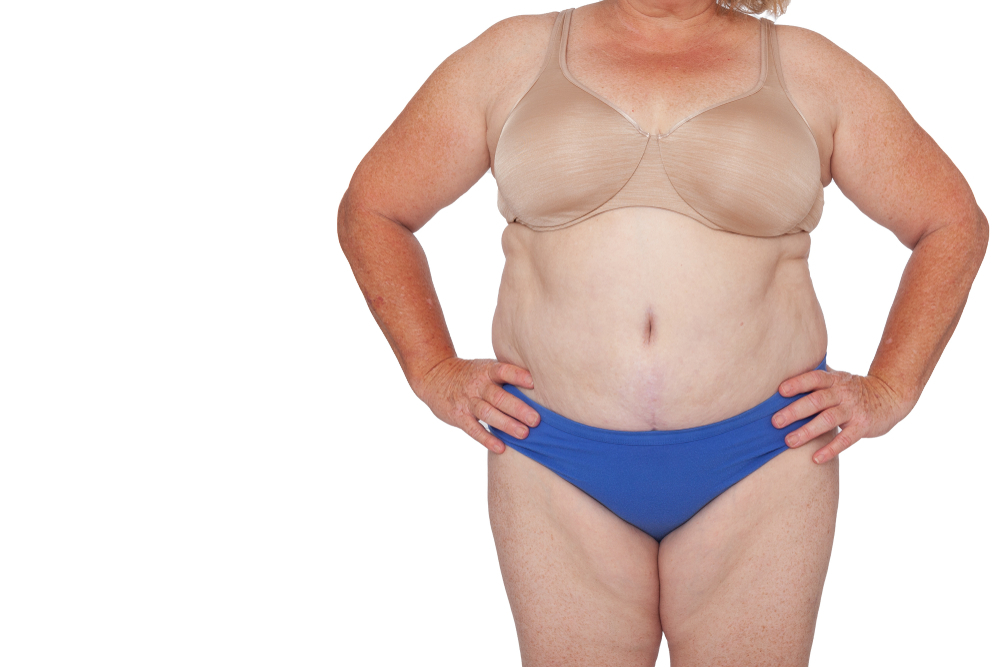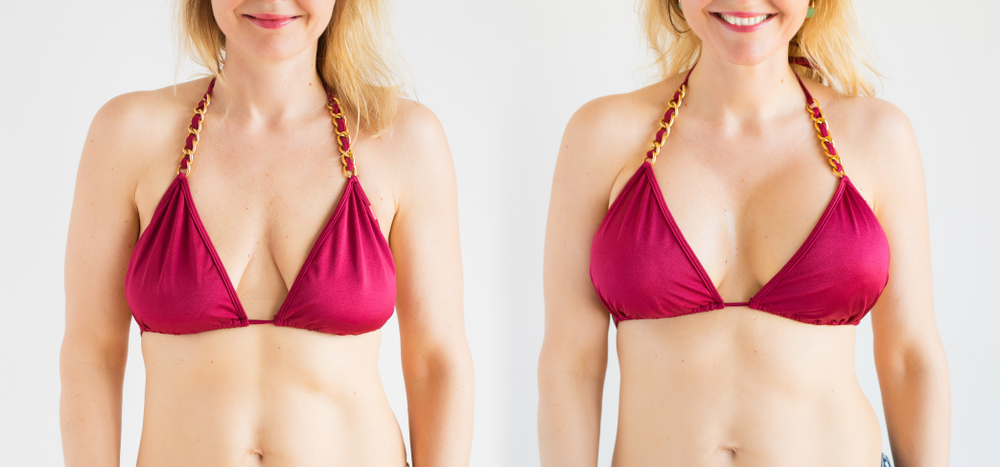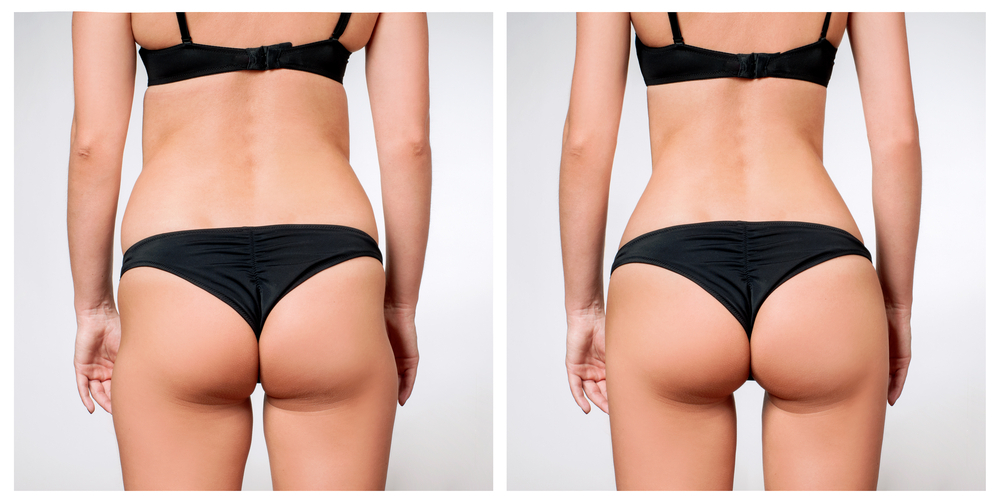Referred to as a “liquid facelift,” injectable dermal filler treatments are delivered just under the skin to lift the soft tissues of the face and smooth out moderate to severe wrinkles and folds. While collagen replacement treatments of the past were limited and short-lived, today’s modern ingredients have evolved for durability and longevity. Dr. Ver Halen at DFW Center for Aesthetics and Cosmetic Surgery in Southlake, TX can formulate your perfect treatment plan using the variety of fillers available.
What Is in Filler Injections?
Modern technology has ushered in an age of long-lasting dermal filler treatments. Today’s ingredients have a low-risk profile and high efficacy rates. There are a variety of options available, with some formulations lasting up to two years or longer. These contemporary options include hyaluronic acid (HA), poly-L-lactic acid (PLLC), silicone, calcium hydroxylapatite, and polymethylmethacrylate.
Injectables are designed to treat specific areas of the face, so they are formulated in different consistencies. Thinner gels typically treat more delicate skin near the eyes and lips. They are usually more spreadable for more natural contours and facial expressions. On the other hand, thicker gels are usually injected more deeply into the skin’s layers and stay put longer to treat deeper folds and wrinkles.
The Chemistry of Fillers: A Closer Look
There are different classes of injectables, including volume replacement fillers and collagen stimulators. Volume-building ingredients augment and fill the areas where collagen has been lost. Collagen stimulators focus more on catalyzing the body’s own production of collagen. Three of the most popular ingredients for these purposes are HA, PLLA, and calcium hydroxyapatite.
Hyaluronic Acid
Hyaluronic acid is a naturally occurring substance in the skin and is a powerful agent of hydration. It is a polysaccharide (chain of sugars) that can attract and hold up to a thousand times its weight in water. Along with maintaining water balance, it also helps stabilize skin structure.
Not only does this ingredient act as a volume filler, but it also encourages nutrient transfer, making it perfect for skin rejuvenation therapies. As a volume filler, HA is ideal for treating the thin, delicate skin around the lips, eyes, nose, cheeks, and chin.
Because it is a substance already produced naturally by the body, hyaluronic acid formulations are generally well-tolerated. The HA used in these products is nonanimal-based and assimilates well into human skin. Adverse reactions are very rare, and when they do occur, it’s typically related to another ingredient in a product’s formula (such as lidocaine).
Poly-L-Lactic Acid
This biodegradable, biocompatible compound falls into the collagen-stimulating category of dermal filler treatments. While it does replenish volume and smooth wrinkles, it’s primary goal is to stimulate the body’s natural collagen production. This polymer has been used for decades in medical instruments such as dental implants and absorbable sutures, giving it a long history of safety and efficacy.
Its mode of action is thought to be through stimulating the immune system via the foreign-body response. As the body’s immune response amps up to attack the foreign molecules of the injected substance, the increased activity and inflow of cells subsequently stimulates the production of collagen.
Calcium Hydroxylapatite
Calcium hydroxylapatite is also a collagen-stimulator and is made of the same substance found in our teeth and bones. Since it is already recognized by the body, it is highly biocompatible despite being a synthetic compound. It has been used for medical purposes for over 20 years, giving it a strong reputation as a safe and effective key ingredient.
One bonus to this biocompatibility is that there is little to no allergy risk for most people who use it. Most dermal filler treatments require allergy testing, but patients can skip this part with calcium hydroxylapatite products. This gives patients the convenience of a fast and easy outpatient experience.
What We Offer
At DFW Center for Aesthetics and Cosmetic Surgery, our volume replacement products include Belotero, Juvederm, and Restylane, all of which use hyaluronic acid as their key ingredient. These products have grown exponentially in popularity due to their convenience, efficacy, and low-risk safety profile.
Belotero
This family of products is known for its lightweight formula, making it particularly effective on fragile, delicate skin. It instantly gives the skin more volume as the hyaluronic acid attracts and binds to water, building support from the bottom up. It integrates quickly and easily into the facial tissue, supporting skin elasticity and strength.
Juvederm
Juvederm products are specifically created to counter common problem areas around the eyes, cheeks, nose, lips, and chin. They come in a variety of consistencies, from Voluma (the thickest of the gels) to Volbella (the thinnest of the gels).
The thicker gels can be massaged and sculpted to improve facial contours, while the tinner gels are more spreadable and allow for more natural facial expressions. This versatility allows for a wide range of treatment plans targeting specific areas of the face.
Restylane
Similar to Belotero and Juvederm, its hyaluronic acid formula augments areas of the skin where collagen has been lost. However, one product in the Restylane family, Restylane Lyft, is the only hyaluronic acid treatment FDA-approved for use in the hands. The first of its kind, it corrects collagen loss in both the hands and face.
How Long Do Dermal Filler Treatments Last?
There are many variables influencing the duration of your results. Things like the location of treatment, age, health, skin condition, and lifestyle all play a role in how long your results will last. However, our medical team is experienced at finding a solution to nearly every skin challenge.
Understanding Your Skin
In order to understand how injectable filler treatments can improve your skin, it’s important to know a little about your skin’s form and function. Most are aware that skin is our largest organ, but many might not know that it is made up of layers, each one having its own unique, important job to do. As we age, our skin’s functions become weaker, depleting the skin of its hydration and elasticity.
The Dermis and Epidermis
The outermost layer of skin is a waterproof barrier that protects us from ultraviolet radiation, harsh weather conditions, and harmful viruses and bacteria. As our first line of defense, it takes the most wear and tear but has an almost miraculous ability to regenerate itself relatively quickly.
Just underneath the epidermis is the dermis. This layer houses nerves and receptors responsible for sensation and feelings of touch, pressure, and pain. It contains sweat glands and sebaceous glands that produce water and oil. Most filler treatments are delivered into this layer.
The Hypodermis
The subcutaneous, or hypodermis, is the deepest layer of skin. Thicker injectable gels are delivered here since they are slower to break down and won’t migrate to surrounding areas. This layer acts as a temperature regulator and shock absorber for the body. The largest blood vessels are located here, transporting nutrients to and from organs.
What Causes Wrinkles?
The Aging Epidermis
Folds begin to form in the skin when the glands that supply it with the hydration it needs slow down and produce less. As cells thin out, they are less likely to withstand the frequent muscle movements of facial expressions, which break the skin down over time. As this outer layer loses strength and elasticity, external conditions do more damage, causing wrinkles and folds to form more easily.
The Aging Dermis
As collagen production decreases, this layer takes a harder hit as it thins and loses the scaffolding that supports its structure. Blood vessels weaken, causing an increased risk of bruising and bleeding. As this layer stretches and thins out, it creates hollow areas that give the appearance of dry, sunken facial contours.
The Aging Subcutaneous
As the connective tissues weaken in this layer, it becomes less supportive of the layers above it. The fats that once aided in the skin’s resilience start to disappear, causing sagging, droopy skin. Areas in the face are particularly affected, such as the cheeks, chin, and nasolabial folds (NSFs).
Factors Affecting Results
Amount of Collagen Loss
If your skin has been experiencing severe collagen loss, it may take longer to achieve your desired results. If your skin is sagging deeply, it may require more product and more maintenance treatments. However, take heart. You will also likely see the most dramatic improvements over time.
Treatment Location
Static areas such as the nose will hold filler treatments longer than areas of high-mobility, such as the lips and mouth. Continuous activity that stretches and folds the skin causes the product to break down more quickly. A treatment plan consisting of companion products that target different areas is the most comprehensive way to achieve results.
Injection Volume
In areas where less product is delivered, the body will likely metabolize it more quickly. Likewise, areas where more product is delivered will see longer-lasting results. The thicker the product, the longer it will withstand frequent muscle movements and skin stretching.
Skin Damage
Damaged skin rebounds less quickly and is not as resilient as healthy skin. Taking care of your skin by wearing sunscreen, avoiding activities that cause sensitivity (like bleaching and tanning), and sticking to a healthy diet with adequate hydration will go a long way to extend your filler treatment results. Be sure to make your skincare a priority – choose gentle, dermatologist-tested products that do not contain irritating or drying ingredients, such as retinol.
Lifestyle Factors
Finally, it goes without saying that your lifestyle can also play a large part in the duration of your treatment results. Habits such as smoking and using tanning beds accelerate the aging process and shorten product longevity in the body. In addition, stress releases hormones like cortisol, which can affect the skin conditions.
By introducing a holistic approach to your lifestyle choices, you will give your skin its best chance at achieving optimal results. Prioritizing your health is an easy way to ensure improved skin quality.
Are You a Good Candidate?
While most people who seek treatment are over age 30, many younger people turn to injectables when they experience sagging skin from weight loss, hormonal imbalances, or pre-existing health conditions. The outpatient nature of these treatments makes them a convenient and effective alternative to cosmetic surgery.
Many people find that they are not good candidates for surgery, or simply prefer to try a less invasive treatment first. This is one of the most attractive features of injectable treatments. Anyone over age 21 can benefit from these products.
Get Started Today
Dermal filler treatments have come a long way from the collagen replacement therapies of decades past. With their high safety and satisfaction ratings, convenience, and efficacy, injectables can quickly restore suppleness and elasticity to your skin. Don’t wait to learn more. Call Dr. Ver Halen at DFW Center for Aesthetics and Cosmetic Surgery in Southlake, TX to schedule your consultation today.







